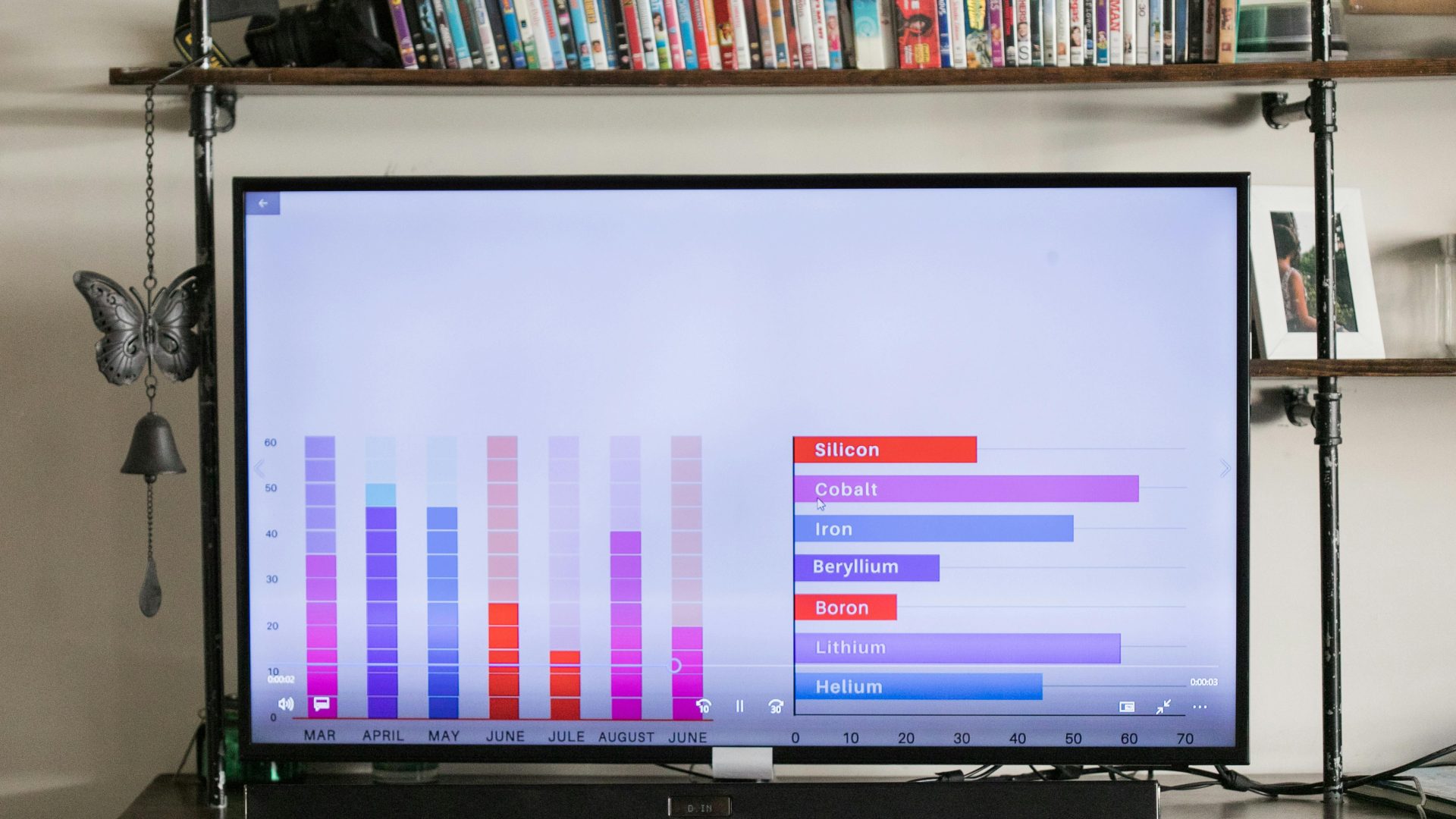The Eyes at Night: A Guide to Achieving and Sustaining Night Vision
While encounters with Unidentified Aerial Phenomena (UAP) can occur at any time, many enthusiasts particularly enjoy nighttime sky-watching, where both natural and artificial celestial objects abound. Most observers lack infrared or starlight night vision devices and must rely solely on their eyesight. Fortunately, they can enhance their night vision through a process known as dark adaptation, which significantly increases light sensitivity—up to a million times—after spending enough time in the dark.
This post highlights a June 1942 article from the U.S. Naval Institute Proceedings that explores the intricacies of dark-adapted night vision: Read the full article here. Please note that the article utilizes the term “millimicron” to refer to wavelengths, which is equivalent to “nanometer.”
The article delves into several key topics, including:
- A comparison of rod and cone cells in night vision, focusing on their sensitivity to different wavelengths.
- The illumination threshold for color discrimination (set at “1/1,000 foot candle”).
- The biological mechanisms behind dark adaptation.
- Practical tips for achieving dark adaptation, including an evaluation of eye patches.
- The use of deep red filtered goggles or light sources (wavelengths over 600 millimicrons) to help maintain night vision, while also noting potential drawbacks like reduced peripheral vision.
- Techniques for utilizing parafoveal vision (offset gaze) and methodical scanning.
- The visibility limitations of unilluminated aerial vehicles (approximately 1,000 feet on a clear, starlit night, but only from above or below).
- Recommendations for binocular use, emphasizing the need for proper light-gathering capabilities to counteract magnification.
- Various factors influencing the body’s capacity for dark adaptation.
- A set of guidelines dubbed “The Ten Commandments of Night Vision.”
A key takeaway from the article states: “Dark adaptation may be considered nearly complete within half an hour. At this point, the retina—specifically the rod cells—should be capable of detecting light as faint as 1/1,000,000 of a foot candle, roughly equivalent to the illumination provided by a white card lit by a candle one thousand feet away.”

This is a fascinating reminder of the incredible capabilities of human vision, particularly in low-light conditions. The process of dark adaptation is truly remarkable, allowing our eyes to adjust and become sensitive enough to detect minimal light, which is essential for activities like sky watching or observing UAP encounters.
The insights from the 1942 U.S. Naval Institute Proceedings article provide a wealth of knowledge, especially regarding the differences between rod and cone cells in our retinas. Rods are clearly vital in low-light scenarios, and it’s interesting to see how their sensitivity can be maximized. I’ve often heard about using red-filtered lighting to maintain night vision, and it’s intriguing to learn about its effectiveness, despite the warning concerning peripheral vision loss.
Additionally, the mention of the biological limits and methods to enhance night vision, such as the use of parafoveal vision and deliberate scanning, provides practical tips for those of us interested in nighttime observation. The “Ten Commandments of Night Vision” sounds like a valuable guide for any sky watcher.
Overall, this comprehensive understanding not only enhances our enjoyment of nighttime activities but also opens up deeper avenues for exploration and observation. Thank you for sharing this insightful discussion!